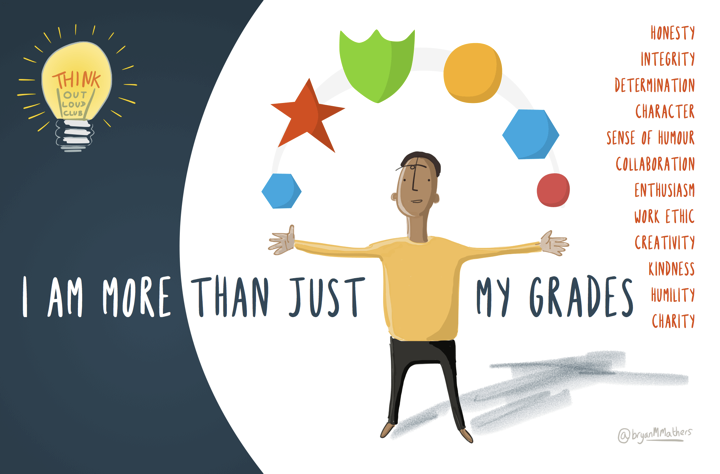|
Librarians need guidelines on how to effectively implement and sustain badge systems in libraries. Wills and Xie (2016) present a range of related theories that could support the design of Open Badges, including enabling learning autonomy and personalisation from the self-regulated learning perspective, goal setting, and pertinent motivating factors found in digital games. The culmination of these theories is then presented as a comprehensive framework. Casilli (2012) provides seven ways of looking at a badge system and its design which includes philosophical, conceptual, pedagogical, visual/aesthetic, technical, categorical and ownership aspects. She notes that it is not an exhaustive list by any means, but it is simply an opportunity to unpack our influences and perceptions as we begin the process of designing badge systems. According to Põldoja and Laanpere (2014, p. 173) four potential emerging badge design patterns can be identified: |
 |
- Composite badges can be achieved by completing multiple assignments.
- Activity-based badges can be awarded automatically based on measurable learning activities.
- Grade-based badges are based on the grades that the learners have received, for example, ‘Bronze’, ‘Silver’ and ‘Gold’ badges.
- Hierarchical badges are divided into several levels, some of which may be composite badges based on lower level badges.
As badges are open and interoperable, then everybody can use whatever technologies they need and utilise badging in whatever way suits their own community of badge earners (Badges/FAQs, n.d.). There are many organisations who have created infrastructure to support the use of badges, and to create, distribute and support the circulation of open badges for both individuals and organisations. For example, Acclaim, Badgecraft, BadgeOS, Badgr, Bestr, Credly, ForAllRubrics, MOUSE Create, Open Badge Factory, P2PU Badges, ProExam Vault, RedCritter are some examples of the platforms available to support badge system development and deployment (Virkus, 2019).
Image Source: Bryan Mathers image collection